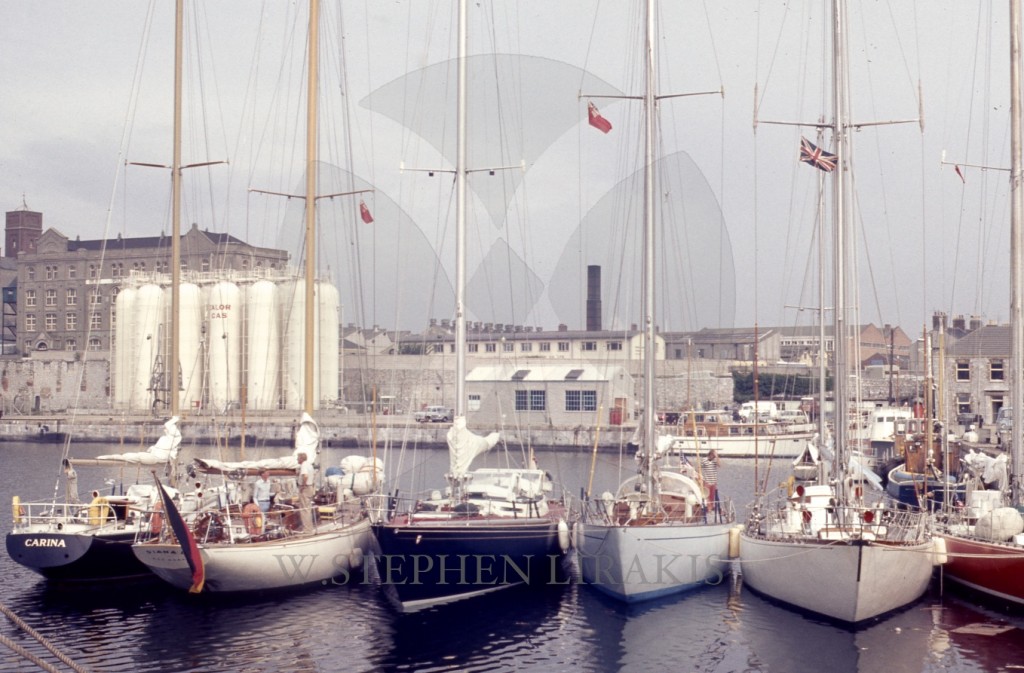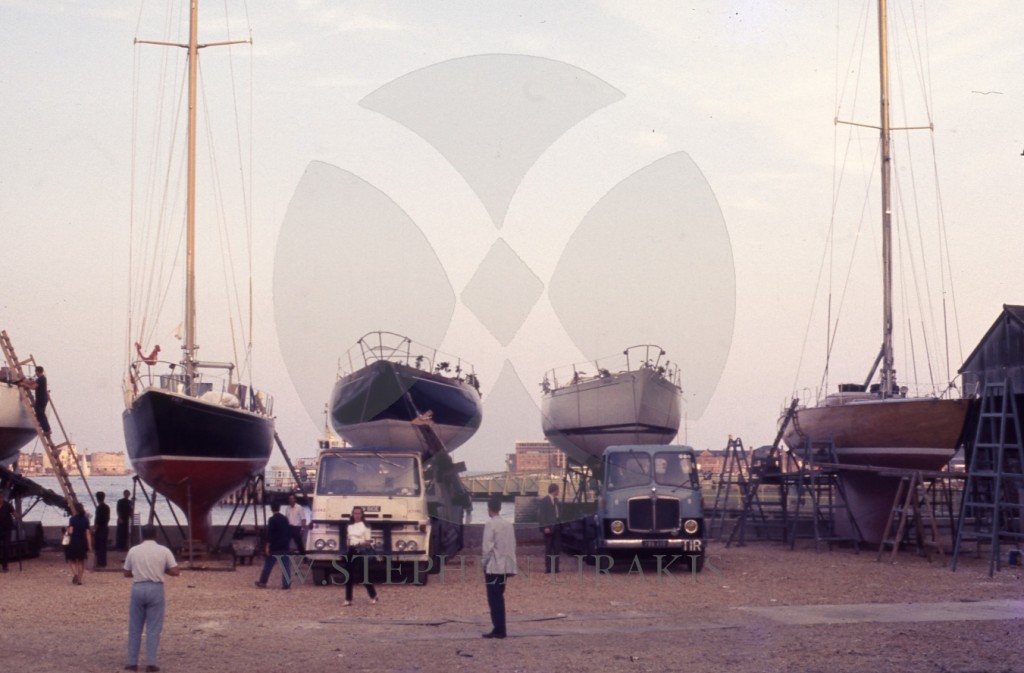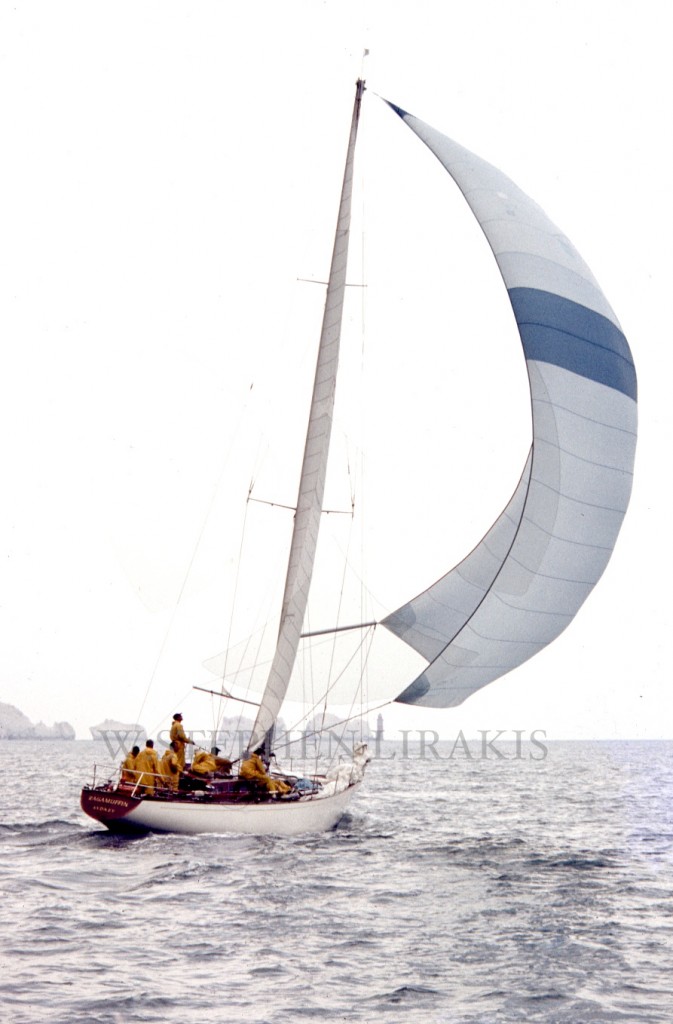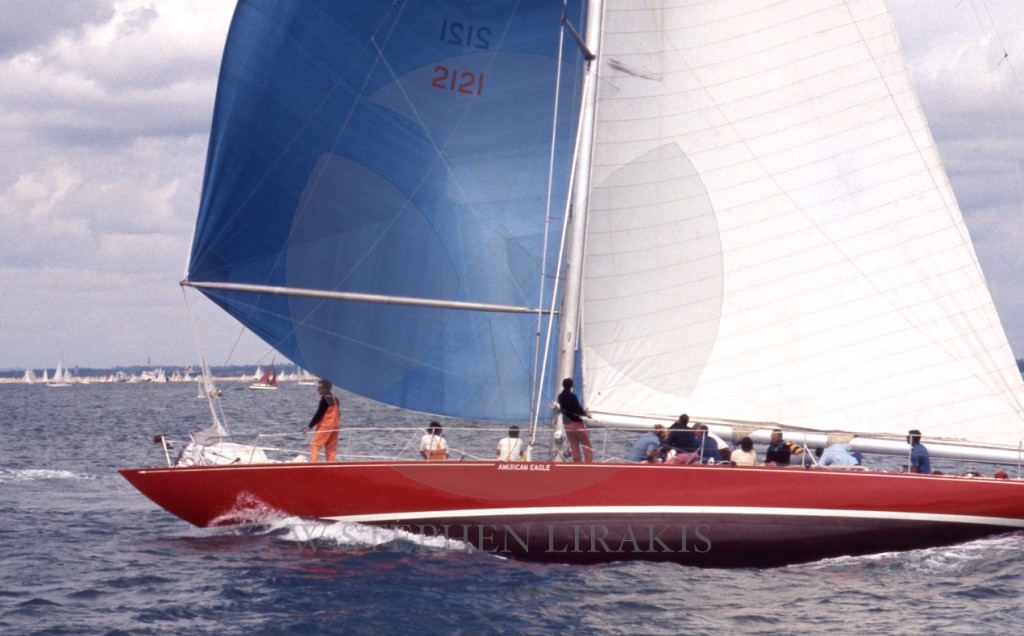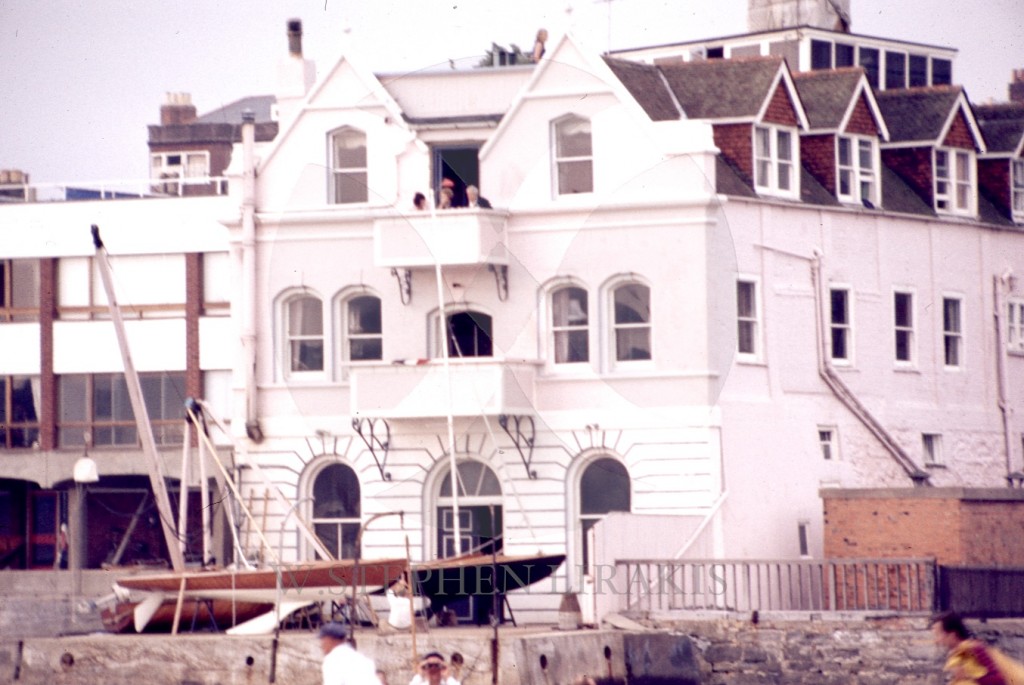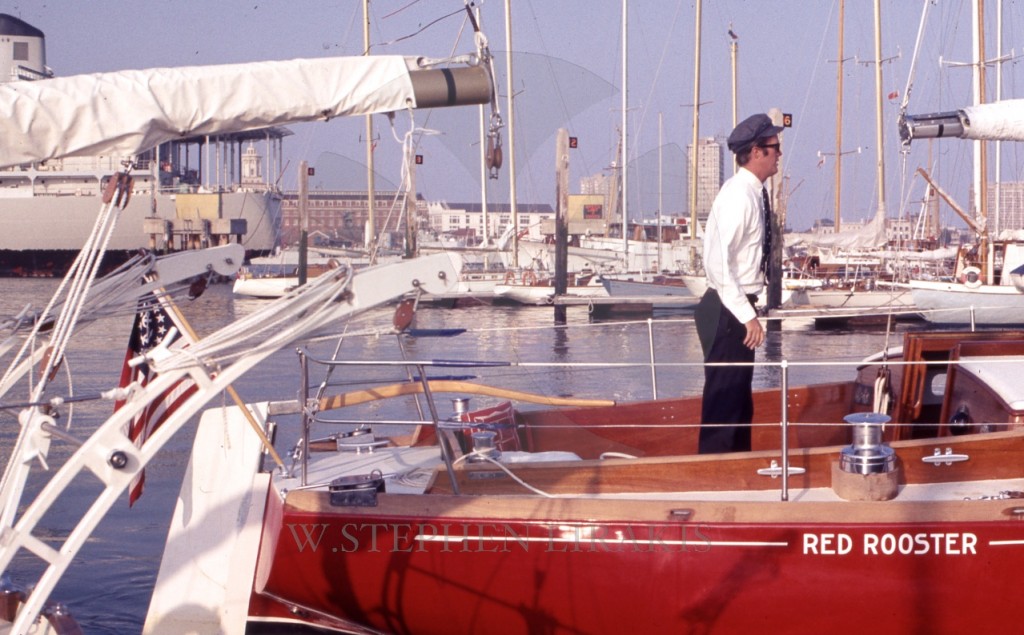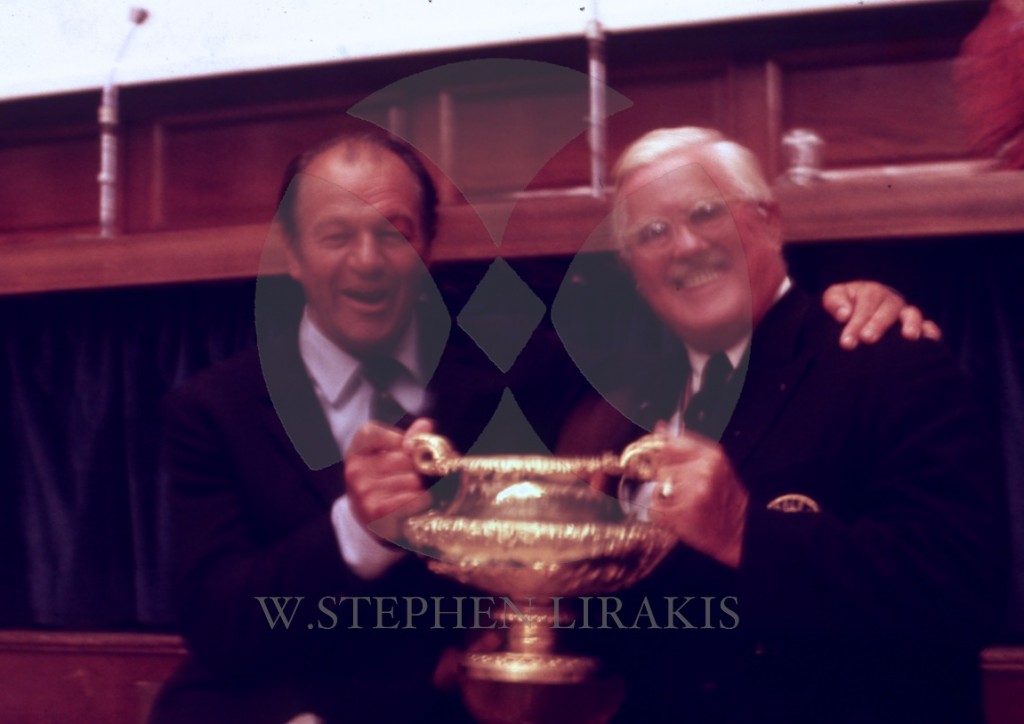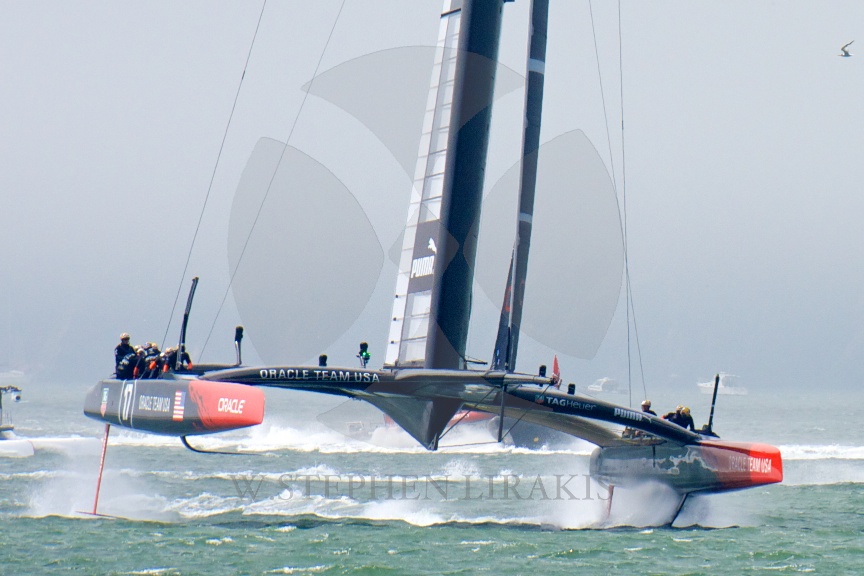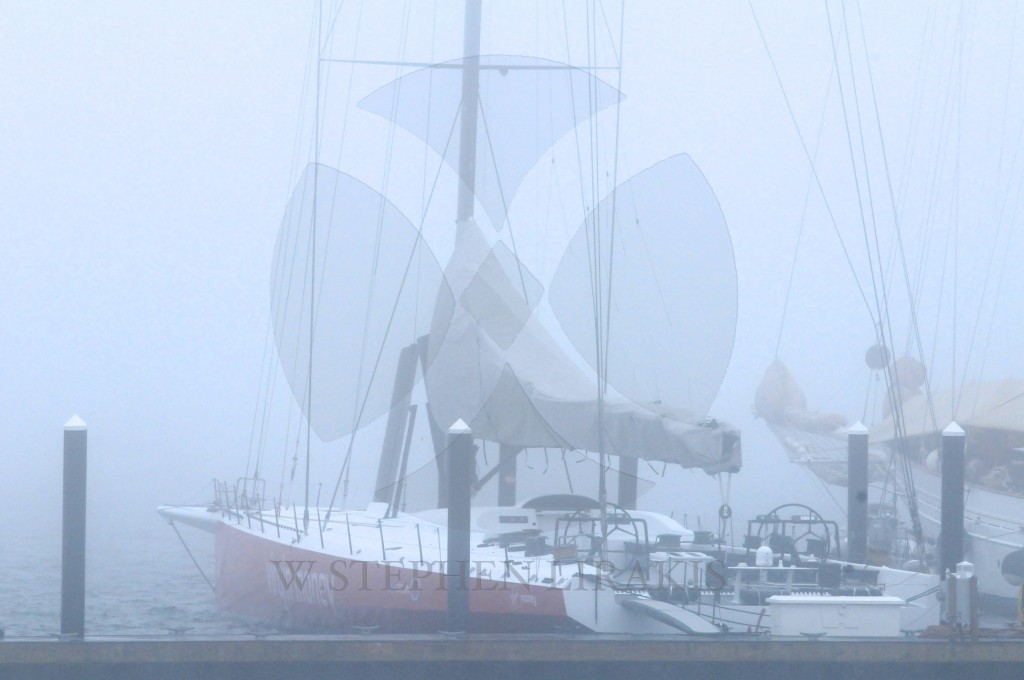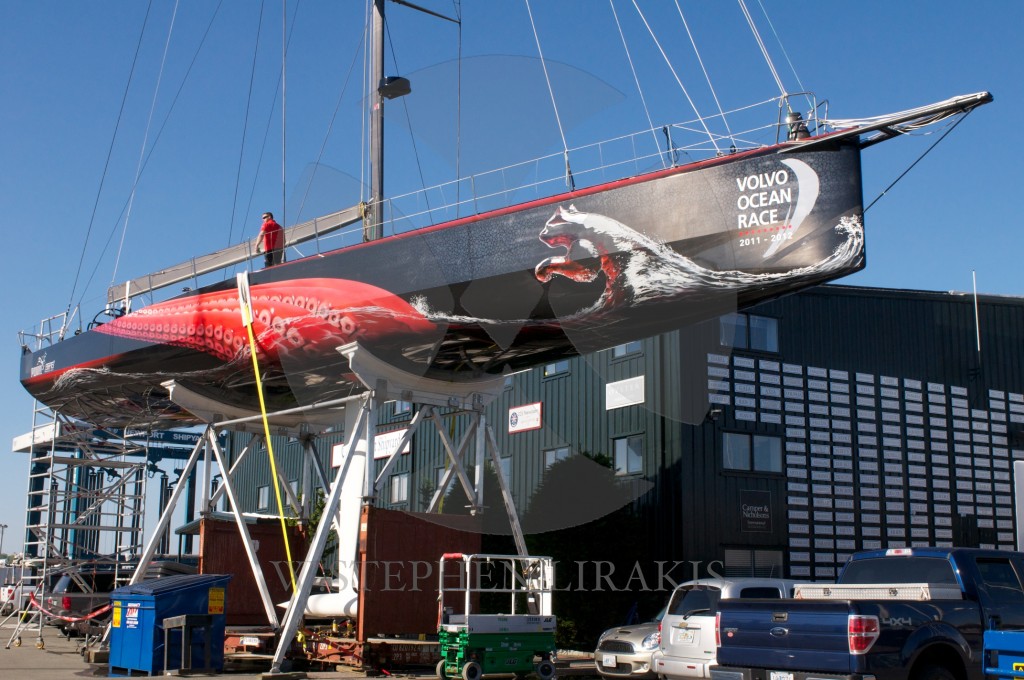Comanche Going For Transatlantic Record
Published on July 22nd, 2016
(July 22, 2016) – Comanche, the 100 foot racing yacht owned by Jim Clark and Kristy Hinze-Clark, will depart this evening from New York (USA) and point her bow East to Britain as the record-breaking monohull takes on the Atlantic in a bid to continue breaking world records.
An exciting weather window has opened up which promises fast conditions with strong wind, great angles and flat seas all the way to Europe. With Comanche skipper Ken Read committed to TV commentating at the Louis Vuitton America’s Cup World Series in Portsmouth, England, over the weekend, the world class crew will be led by experienced sailors Casey Smith, Tony Mutter, Richard Clarke and Navigator Stan Honey. Due to other commitments, Comanche will also be missing regular crewmen Kelvin Harrap, Warwick Fluery, Jimmy Spithill and Ryan Godfrey.
North Sails President Ken Read, speaking from the America’s Cup event in the UK, said, “A fantastic weather window has opened up for Comanche to take on the Atlantic. We have been on standby for a few weeks now and have almost left on three separate occasions since the end of June, and each time we have had to piece together a different team based on who is available, before the weather fizzled out and shut down those attempts. But now the right conditions have presented themselves.
“On a personal level the timing couldn’t be worse as I am committed to my role as TV commentator for the America’s Cup and am on the wrong side of the Atlantic to jump on the boat with the crew, as are key crewmembers such as Kelvin, Jimmy, Warwick and Ryan. But that is life sometimes. It is very difficult to plan a record attempt, so different from a regatta that is scheduled on a very specific date. But this program, put together by the Clark’s, has always been about their core belief in The Team. Under the guidance of Casey, Stan and a crew boasting some of the best sailors in the world, Comanche is in perfectly good hands and if the weather cooperates, they will do it.”
Speaking ahead of the departure, Comanche owner Jim Clark stated, “Comanche was built to break records – she has already proven her potential in major events all around the world and this looks to be a great opportunity to continue her legacy. It’s a real shame her skipper Ken Read and other key crewmembers will have to miss this ride but he and I will both remain in close contact with the guys onboard. The crew is made of some of the best sailors in the world who all have great pedigree. I have a good feeling about this attempt.”
The highly experienced Navigator on Comanche, Stan Honey, identified the window of opportunity for the crew “The current weather models are giving us ideal conditions to potentially beat the record if everything develops as forecast. Whilst the patterns look perfect for now, with flat seas and a great angle with strong winds to power us across the Atlantic, as ever we are always at the mercy of changing weather, so we’ve got everything crossed. All in all now is the time to go if we are to take on the record this summer.”
The current monohull transatlantic record from West to East (Ambrose Lighthouse to Lizard Point) is 6 days 17 hours 52 minutes and 39 seconds, set by Mari Cha IV in October 2003. In 2015, Comanche set the 24 hour monohull distance record of 618 miles as they raced across the Atlantic (at an average speed of 25.75 knots).
To follow the progress of Comanche, please visit:
The boat will sail with only 17 crew and with all manual powered winches and hydraulics for this record attempt:
Casey Smith (AUS), Boat Captain
Stan Honey (USA), Navigator
Tony Mutter (NZL), Trimmer
Dirk de Ridder (NED), Main Trim
Chris Maxted (AUS), Boat Crew
Jon von Schwarz (USA), Grinder
Juggy Clougher (AUS), Bow
Julien Cressant (FRA), Pit
Nick Dana (USA), Bow
Pablo Arrarte (ESP), Runners
Pepe Ribes (ESP), Bow
Peter van Niekerk (NED), Trimmer
Phil Harmer (AUS), Grinder
Richard Clarke (CAN), Runners
Robert Greenhalgh (GBR), Main Trim
Shannon Falcone (ATG), Grinder
Yann Riou (FRA), Media
FROM SAILING SCUTTLEBUTT





